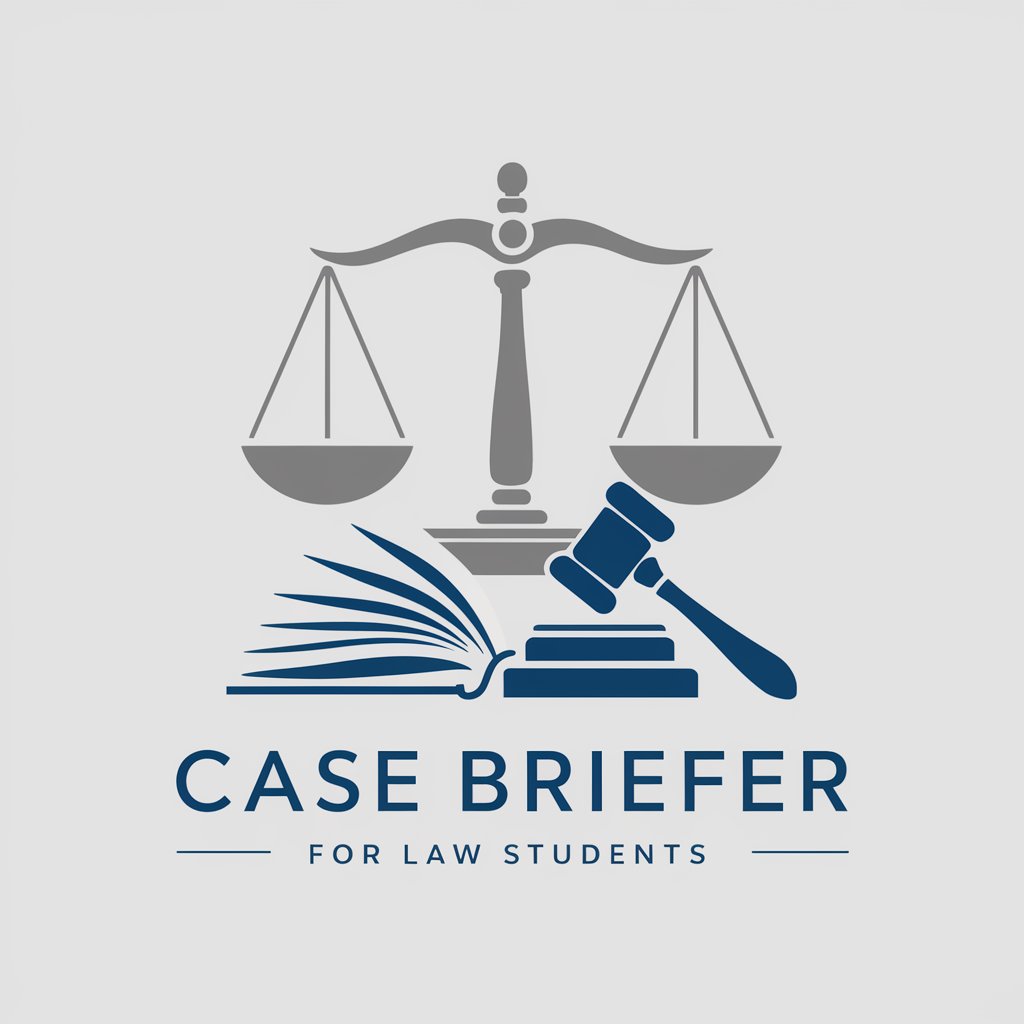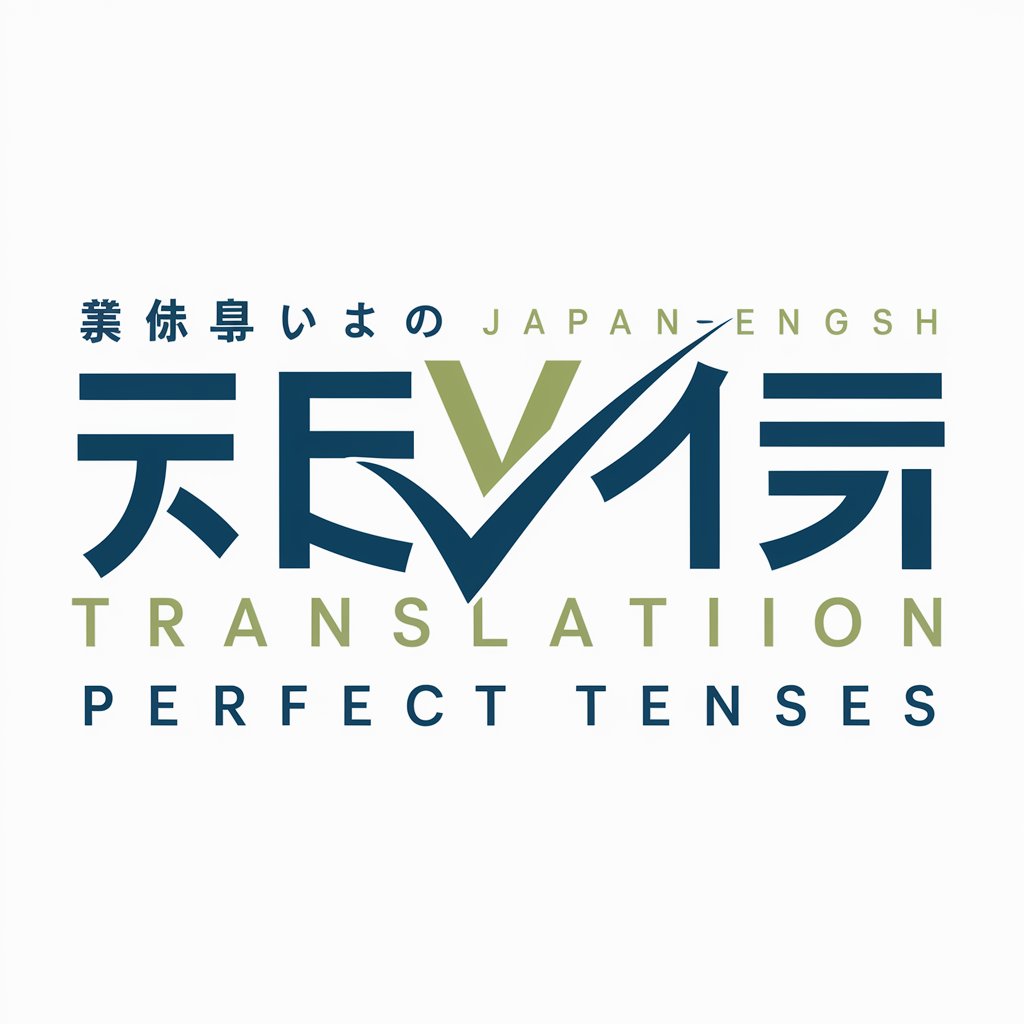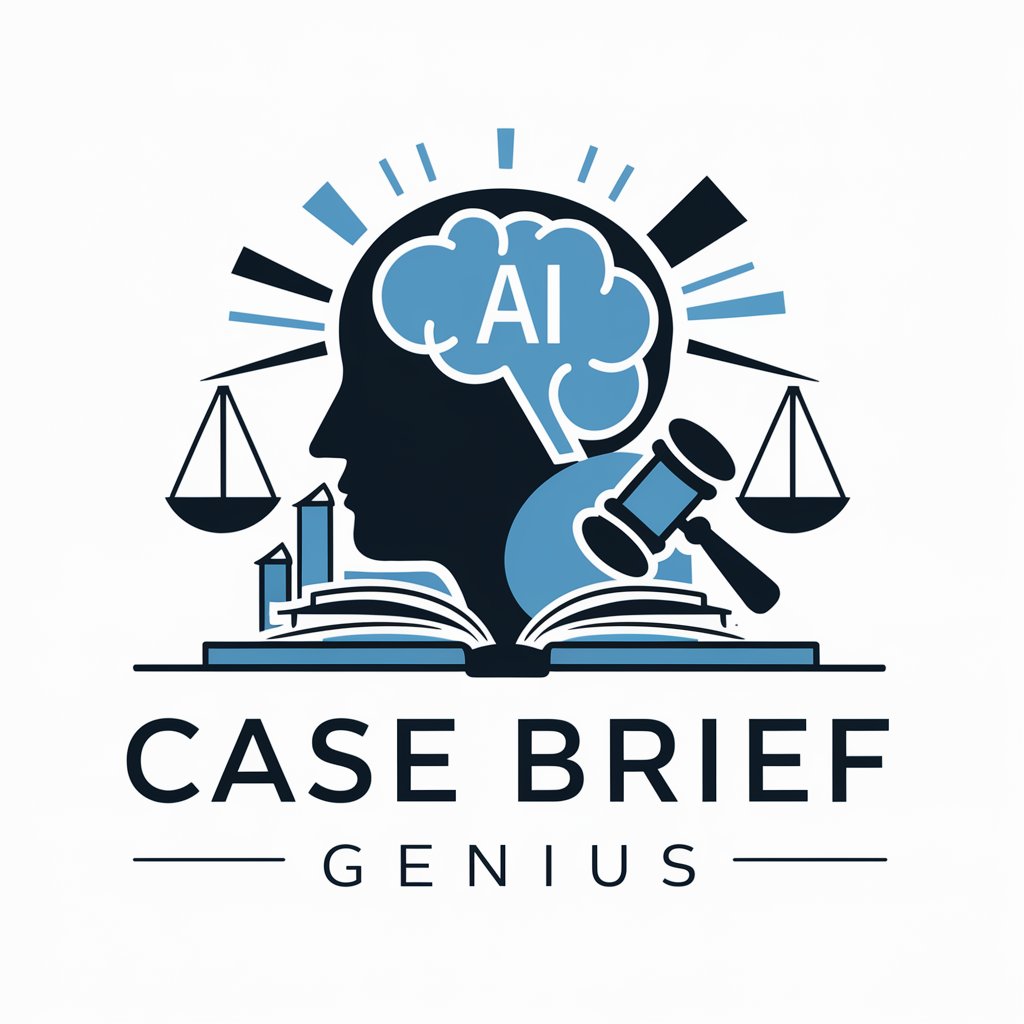
Case Briefer for Law Students - AI-Powered Law Briefing

Welcome to your law case briefing guide!
Decipher Legal Cases with AI
Brief the case of
Explain the court's application of legal principles in
Summarize the facts and holdings of
Analyze the impact of the ruling in
Get Embed Code
Introduction to Case Briefer for Law Students
Case Briefer for Law Students is designed as a specialized tool to help law students understand and analyze legal cases, particularly those in Canadian contract and tort law. Its core functionality revolves around providing comprehensive case briefs that break down judicial decisions into accessible sections. These sections encompass a case's facts, legal issues, legal rules and analysis, and final holdings. For instance, a student learning about breach of contract cases can find clear summaries that outline the essential facts, the contested issues, the relevant legal precedents applied, and the courts' rulings. This clarity makes the case briefer a valuable resource for students new to legal analysis. Powered by ChatGPT-4o。

Main Functions of Case Briefer for Law Students
Case Summarization
Example
In a breach of contract case, the briefer outlines the facts about the contract formation and breach, the disputed issues, and how precedents shaped the court's decision.
Scenario
A first-year law student can quickly understand the essential facts and key arguments of a case they are studying without getting overwhelmed by legal jargon.
Issue Identification
Example
In a tort law case involving negligence, the briefer identifies the key legal issue of whether the defendant owed a duty of care to the plaintiff.
Scenario
A student researching negligence principles can grasp the primary issue immediately and trace the court's analysis to the relevant legal rule.
Legal Rule and Analysis
Example
In a precedent-setting case, the briefer describes the relevant legal rule established by earlier cases and explains how the court applied this rule.
Scenario
A student studying contract law principles can see how a particular precedent affected the court's reasoning in a similar, recent case.
Holding and Impact
Example
In a dissenting opinion of a Supreme Court case, the briefer distinguishes between majority and minority viewpoints.
Scenario
A student can compare contrasting views within a ruling, which is useful for understanding nuanced legal interpretations and predicting future legal trends.
Ideal Users of Case Briefer for Law Students
Law Students
Primary beneficiaries, these students gain from comprehensive yet digestible case briefs that help them develop analytical skills for class discussions, exams, and practical application.
Legal Professionals
Junior lawyers or paralegals looking to refresh their understanding of fundamental legal principles can use case briefs to find quick overviews and relevant analysis.
Law Professors
Instructors may refer to case briefs to supplement teaching material or as examples of well-structured legal analysis for their students.

How to Use Case Briefer for Law Students
Step 1
Visit yeschat.ai for a free trial without login, also no need for ChatGPT Plus.
Step 2
Select the specific case law you need help with by either uploading a PDF or providing a case citation.
Step 3
Use the structured briefing feature to generate summaries of the facts, legal issues, and holdings from the case.
Step 4
Analyze the generated brief and utilize the sections to enhance your understanding and preparation for class discussions or exams.
Step 5
Leverage tips on legal citation and precedents to deepen your case analysis and prepare more effectively for legal writing or moot court competitions.
Try other advanced and practical GPTs
Backend Magento 2 Developer
Powering Magento with AI

Question Maker
AI-Powered Academic Question Crafting

Rédaction offres d'emploi
Streamline Your Recruitment with AI

Technical Cybersecurity Consultant
Empowering cybersecurity with AI

擬人化の得意なイラストレーター
Bringing your ideas to life, anthropomorphically!

完了形に特化した日英翻訳トレーナー
Master Perfect Tense with AI Guidance

AMZ Seller Support Assistant
Your AI-powered Amazon selling guide.

Walmart Seller Pro
Empower Your Walmart Sales with AI

Seller Companion
Streamlining Car Sales with AI Efficiency

Java OOP
Empower your code with AI-driven Java OOP guidance.

OOP Exam Preparation
Master OOP with AI Guidance

Ultimate Negotiator
Master Negotiations with AI

Detailed Q&A about Case Briefer for Law Students
What types of law cases can the Case Briefer for Law Students handle?
The tool is designed to handle cases primarily within contract and tort law, providing detailed briefs, including facts, legal issues, and court holdings.
Can the Case Briefer help in understanding dissenting opinions in a case?
Yes, it distinguishes between majority and dissenting decisions, outlining the reasoning and approaches of different judicial opinions within a case.
How does the Case Briefer improve study practices for law students?
It streamlines the case briefing process, enabling students to quickly grasp essential case elements and better prepare for exams and class discussions.
Does the tool offer advice on citing legal cases?
Yes, it provides guidance on legal citation practices, helping students properly reference cases and statutory materials in their academic writing.
Is the Case Briefer suitable for group study sessions?
Absolutely, its structured briefs make it ideal for collaborative review sessions, helping groups of students discuss and analyze cases more efficiently.





